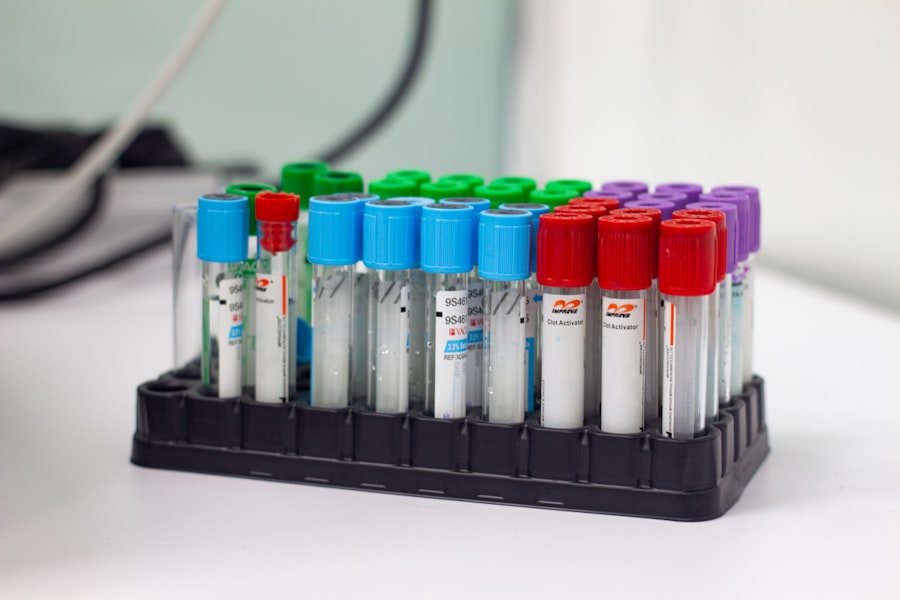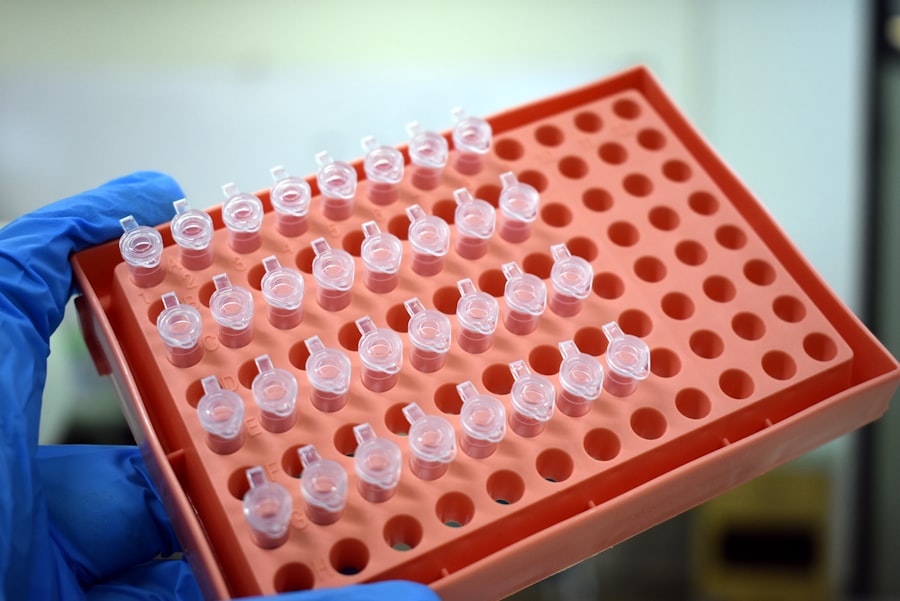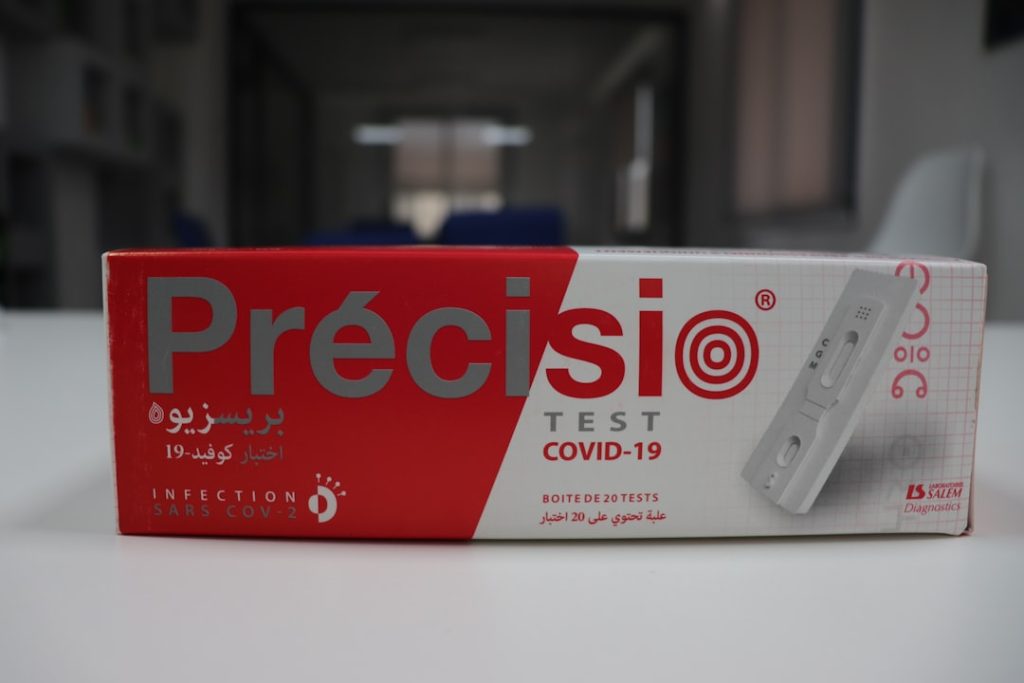Preclinical trials serve as a critical foundation in the drug development process, acting as a bridge between laboratory research and clinical application. These trials are essential for assessing the safety and efficacy of new compounds before they are tested in humans. By utilizing various experimental models, researchers can gather vital data that informs the design of clinical trials, ensuring that only the most promising candidates advance to human testing.
The significance of preclinical trials cannot be overstated; they not only help in identifying potential therapeutic benefits but also in mitigating risks associated with new drugs. Moreover, preclinical trials play a pivotal role in understanding the pharmacokinetics and pharmacodynamics of a drug. This involves studying how the drug is absorbed, distributed, metabolized, and excreted in biological systems.
Such insights are crucial for determining appropriate dosages and administration routes, which can significantly influence the outcomes of subsequent clinical trials. The rigorous evaluation conducted during preclinical phases helps to establish a safety profile for the drug, which is paramount for protecting human subjects in later stages of testing. Thus, preclinical trials are indispensable in ensuring that the journey from bench to bedside is both safe and scientifically sound.
Key Takeaways
- Preclinical trials are crucial for assessing drug safety and efficacy before human testing.
- They help predict human responses to new treatments using various models and methods.
- Success in clinical trials is heavily influenced by the quality of preclinical trial data.
- Ethical concerns and regulatory standards play a significant role in guiding preclinical research.
- Emerging technologies are driving innovations that may improve the accuracy and efficiency of preclinical trials.
Understanding the Role of Preclinical Trials in Predicting Human Response to New Treatments
Preclinical trials are designed to simulate human biological responses as closely as possible, providing researchers with insights into how new treatments may perform in human subjects. These trials typically involve a variety of animal models, including rodents and non-human primates, which are used to mimic human physiology and disease states. By observing how these models respond to new drugs, researchers can make educated predictions about potential human reactions.
This predictive capability is crucial for identifying both therapeutic effects and adverse reactions before any human exposure occurs. In addition to animal models, preclinical trials often incorporate in vitro studies using human cells or tissues. These studies allow scientists to investigate cellular mechanisms and drug interactions at a molecular level, providing further context for how a drug might behave in humans.
For instance, researchers can assess how a drug affects specific pathways involved in disease processes, which can help identify biomarkers for patient selection in clinical trials. By integrating data from both animal and in vitro studies, preclinical trials create a comprehensive picture of a drug’s potential efficacy and safety profile, ultimately guiding the decision-making process for advancing to human testing.
Exploring the Different Models and Methods Used in Preclinical Trials

The landscape of preclinical trials is diverse, employing various models and methodologies tailored to specific research questions and therapeutic areas. Traditional animal models, such as mice and rats, have long been the cornerstone of preclinical research due to their genetic similarities to humans and their well-characterized biology. These models allow researchers to study disease progression and treatment effects in a living organism, providing insights that are often unattainable through cell culture alone.
However, the limitations of animal models—such as species differences in drug metabolism—have prompted the exploration of alternative approaches. In recent years, there has been a growing interest in using advanced technologies such as organ-on-a-chip systems and 3D bioprinting to create more accurate representations of human physiology. Organ-on-a-chip technology involves microfluidic devices that simulate the functions of human organs, allowing researchers to observe drug interactions in a controlled environment that closely mimics human biology.
This innovative approach can provide more relevant data regarding drug efficacy and toxicity while reducing reliance on animal testing. Additionally, 3D bioprinting enables the creation of complex tissue structures that can be used for drug screening and disease modeling, further enhancing the predictive power of preclinical trials.
The Impact of Preclinical Trials on the Success of Clinical Trials
| Metric | Description | Impact on Clinical Trial Success | Typical Values/Statistics |
|---|---|---|---|
| Preclinical Toxicity Testing | Assessment of potential toxic effects of a drug in animal models | Reduces risk of adverse effects in humans, improving safety profile | ~70-80% of compounds fail due to toxicity before clinical trials |
| Pharmacokinetics (PK) and Pharmacodynamics (PD) | Studies on absorption, distribution, metabolism, excretion, and drug action | Helps optimize dosing and predict human response, increasing trial success | Accurate PK/PD models improve clinical trial success rates by ~15% |
| In Vivo Efficacy Models | Animal models used to demonstrate therapeutic effect of the drug | Validates target engagement and therapeutic potential, guiding clinical design | Positive efficacy in preclinical models correlates with ~40% higher clinical success |
| Biomarker Identification | Discovery of biological markers to monitor drug effect and disease progression | Enables patient stratification and early efficacy signals, improving trial outcomes | Use of biomarkers can increase clinical trial success by up to 20% |
| Preclinical Study Reproducibility | Consistency and reliability of preclinical data across studies | Higher reproducibility reduces clinical trial failures due to false positives | Irreproducibility estimated to contribute to ~30% of clinical trial failures |
| Lead Compound Selection | Choosing the most promising drug candidate based on preclinical data | Improves likelihood of clinical success by focusing resources on best candidates | Effective lead selection can improve phase I success rates from ~60% to ~75% |
The success of clinical trials is heavily influenced by the quality and outcomes of preclinical trials. A well-designed preclinical study can significantly increase the likelihood of a drug’s success in later phases of development. For instance, drugs that demonstrate strong efficacy and safety profiles during preclinical testing are more likely to receive regulatory approval and achieve positive results in clinical settings.
Conversely, inadequate preclinical data can lead to failures in clinical trials, resulting in wasted resources and time. Statistical analyses have shown that drugs with robust preclinical evidence tend to have higher success rates in clinical trials. For example, a study published in the journal “Nature Reviews Drug Discovery” indicated that drugs with strong preclinical validation had a success rate of approximately 30% in Phase I clinical trials compared to only 10% for those with weak or no preclinical support.
This correlation underscores the importance of thorough preclinical evaluation in identifying viable drug candidates and optimizing trial designs. By ensuring that only the most promising compounds advance to clinical testing, preclinical trials play an essential role in streamlining the drug development process and improving overall success rates.
Addressing the Challenges and Limitations of Preclinical Trials
Despite their critical role in drug development, preclinical trials face several challenges and limitations that can impact their effectiveness. One significant issue is the translational gap between animal models and human physiology. While animal studies provide valuable insights, they do not always accurately predict human responses due to differences in genetics, metabolism, and disease manifestation.
This discrepancy can lead to unexpected outcomes during clinical trials, where drugs that appeared safe and effective in animals may fail or cause adverse effects in humans. Another challenge lies in the ethical considerations surrounding animal testing. As public awareness of animal welfare issues grows, there is increasing pressure on researchers to minimize animal use and seek alternative methods.
This has led to a push for more humane practices and the development of non-animal testing methods; however, these alternatives are still being validated for their predictive accuracy. Balancing scientific rigor with ethical considerations remains a complex issue within the field of preclinical research.
Advancements in Preclinical Trial Technologies and Techniques

The field of preclinical research is rapidly evolving due to advancements in technology and methodology that enhance the accuracy and efficiency of drug testing. One notable development is the rise of high-throughput screening (HTS) techniques, which allow researchers to rapidly evaluate thousands of compounds for their biological activity against specific targets. HTS has revolutionized the early stages of drug discovery by enabling researchers to identify promising candidates more quickly than traditional methods.
Additionally, advancements in imaging technologies have improved our ability to monitor drug effects in real-time within living organisms. Techniques such as positron emission tomography (PET) and magnetic resonance imaging (MRI) provide valuable insights into how drugs distribute within tissues and their effects on disease progression. These imaging modalities allow for non-invasive monitoring of treatment responses, facilitating more informed decision-making during preclinical evaluations.
Furthermore, computational modeling and bioinformatics have become integral components of preclinical research. By leveraging large datasets and sophisticated algorithms, researchers can predict how drugs will interact with biological systems at a molecular level. This approach not only accelerates the identification of potential drug candidates but also aids in optimizing dosing regimens and minimizing side effects.
The Ethical Considerations and Regulatory Framework Surrounding Preclinical Trials
Ethical considerations are paramount in preclinical trials, particularly regarding the use of animal models. Researchers are obligated to adhere to strict ethical guidelines that govern animal welfare, ensuring that studies are designed to minimize suffering and distress. Institutional Animal Care and Use Committees (IACUCs) play a crucial role in overseeing research protocols involving animals, ensuring compliance with ethical standards while promoting scientific integrity.
In addition to ethical considerations, preclinical trials are subject to regulatory oversight from agencies such as the U.S. Food and Drug Administration (FDA) and the European Medicines Agency (EMA). These regulatory bodies establish guidelines for conducting preclinical studies, including requirements for safety assessments and data reporting.
Compliance with these regulations is essential for obtaining approval to initiate clinical trials. The regulatory framework aims to protect public health while fostering innovation in drug development. As scientific understanding evolves, so too do ethical standards and regulatory requirements surrounding preclinical research.
Ongoing discussions about alternative testing methods and animal welfare continue to shape policies within the field. Researchers must remain vigilant about these changes to ensure that their work aligns with both ethical imperatives and regulatory expectations.
The Future of Preclinical Trials: Potential Innovations and Opportunities
Looking ahead, the future of preclinical trials is poised for significant transformation driven by technological innovations and an increasing emphasis on personalized medicine. One promising avenue is the integration of artificial intelligence (AI) into preclinical research processes. AI algorithms can analyze vast amounts of data from previous studies to identify patterns that may not be immediately apparent to human researchers.
This capability could enhance predictive modeling for drug responses, leading to more targeted therapies tailored to individual patient profiles. Moreover, advancements in genomics and proteomics are paving the way for more precise preclinical evaluations. By understanding genetic variations among populations, researchers can develop drugs that account for these differences, improving efficacy while reducing adverse effects.
Personalized medicine approaches will likely become more prevalent in preclinical trials as researchers strive to create therapies that cater to specific patient demographics. Additionally, collaborative efforts between academia, industry, and regulatory agencies are expected to foster innovation within preclinical research. Public-private partnerships can facilitate knowledge sharing and resource allocation, accelerating the development of new methodologies and technologies that enhance drug discovery processes.
As we move forward into an era characterized by rapid scientific advancements, it is clear that preclinical trials will continue to evolve alongside these changes. The integration of cutting-edge technologies combined with a commitment to ethical practices will shape the future landscape of drug development, ultimately leading to safer and more effective treatments for patients worldwide.




